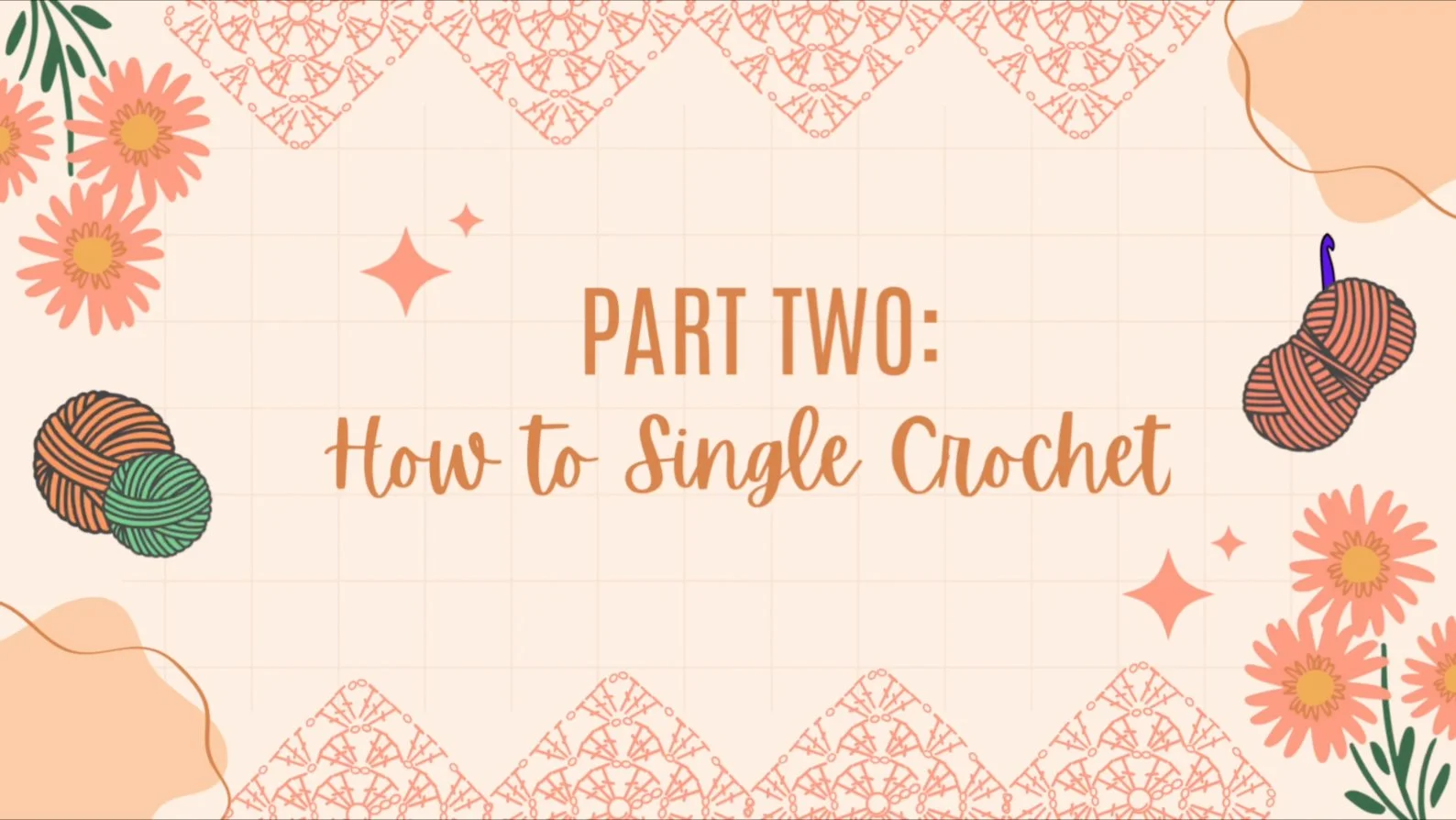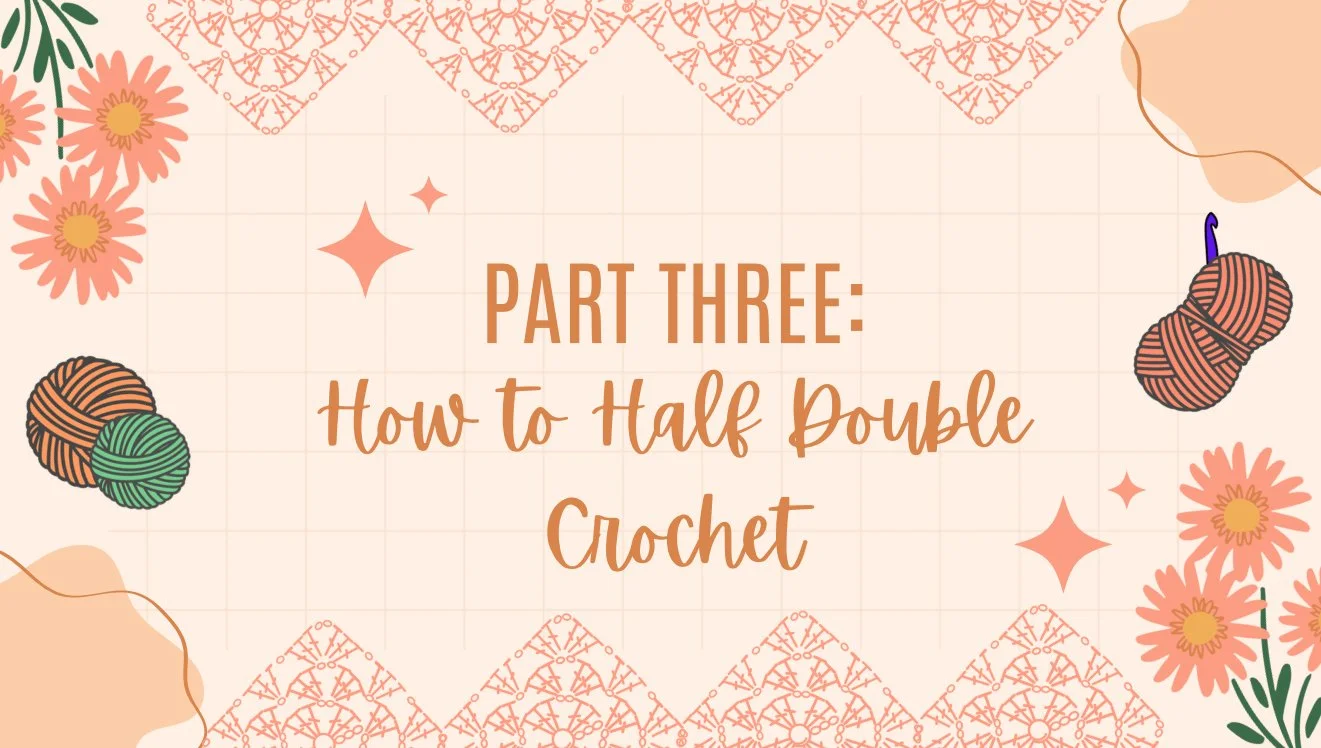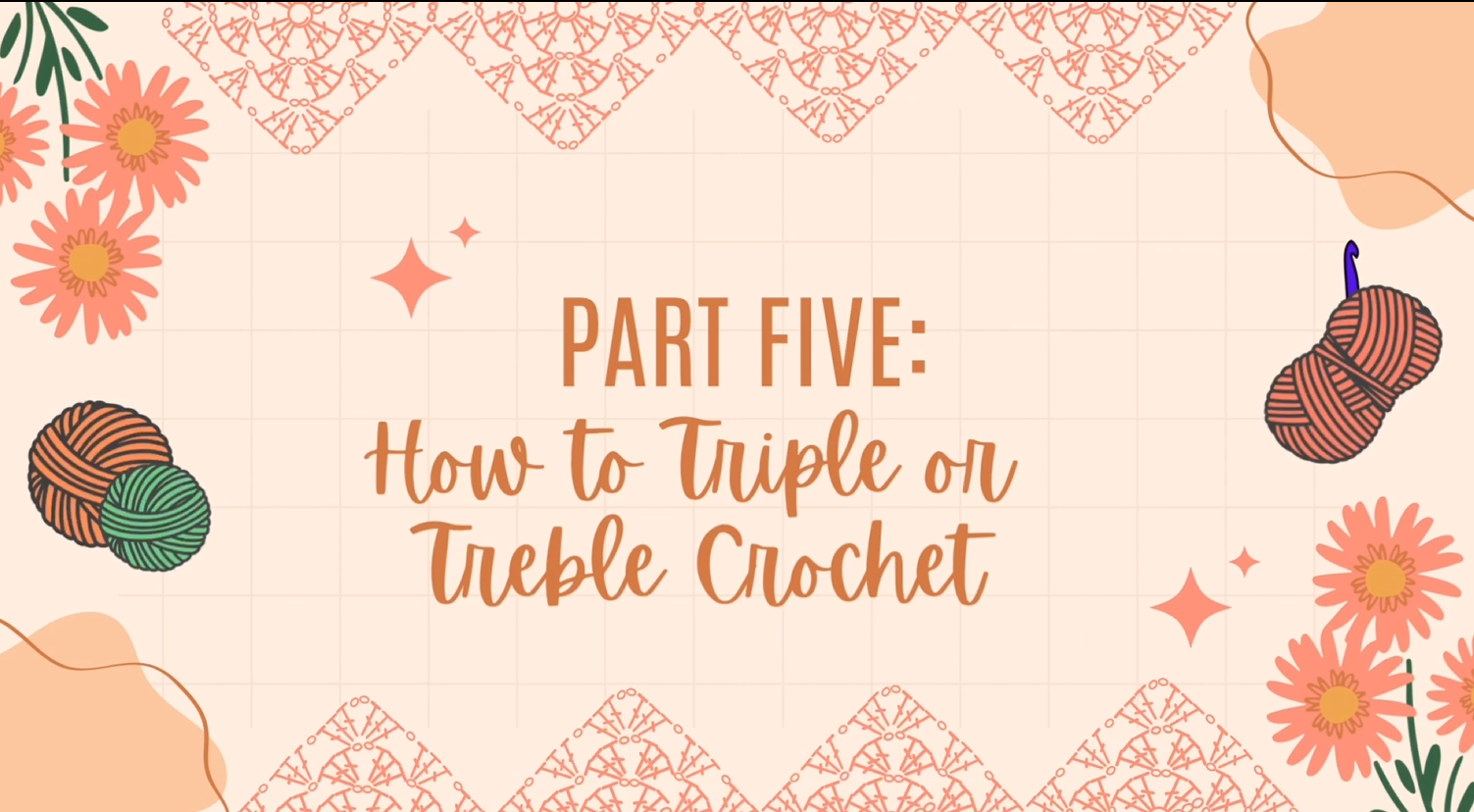More Tips For Beginners Learning Wire Wrapping Jewelry
In this post, I’m sharing another 10 things I wish I knew before I dove into wire wrapping. It’s funny how, even after years of practice, there are still those “ah-ha” moments that make me think, “Why didn’t I know this sooner?” Whether you’re just starting out or you’ve already made a few pieces, these tips might save you time and help you create more consistent, polished designs. Let’s jump in and learn together!
Scroll to the bottom for the video.
1. Understanding Wire Gauges and measuring Gemstones
One of the first hurdles I faced was inconsistency in my work due to using various wire gauges without understanding the differences. I would mix thin and thick wires, which affected the overall appearance. The solution? A gauge wheel! These handy tools help you measure the thickness of your wire for consistency. Keep in mind that some gauge wheels are made of metal, which can scratch your wire, but plastic ones are available if you can find them.
If you're working with stones, knowing their exact size can be tricky. A millimeter gauge helps ensure that you’re ordering the correct size when restocking. I’m still learning to use mine, but it’s easy to figure out. Just line up your stone, and the gauge will tell you its size.
2. Upgrading Your Tools
As you get more involved in wire wrapping, upgrading your tools makes a huge difference. One of my favorites is a pair of concave pliers, perfect for forming circles and loops. I also invested in nylon jaw forming pliers to prevent scratching on the wire, which are ideal for projects like bracelets and hoop earrings.
3. Alternative to Plasti-Dip: Hot Glue
If you run out of Plasti-Dip or need a quick fix, a hot glue gun can come to the rescue. By applying hot glue to the tips of your tools, you can create a smooth edge to protect your wire while working. Later, the glue can easily be removed with rubbing alcohol. A powered glue gun makes this so easy.
4. Painting Plasti-Dip for a Thinner Coating
When using Plasti-Dip, sometimes the layer can become too thick, which isn’t ideal for fine work. Instead of dipping the tool directly into the Plasti-Dip, you can use a paintbrush to apply a thinner, more precise layer. This helps avoid peeling and provides better control over the coating.
5. The Magic of a Bead Spinner
If you work with seed beads in jewelry making or wire wrapping, you’ve probably experienced the tedious task of stringing tiny beads one by one. This can be time-consuming and frustrating, but there’s a tool that will revolutionize your beadwork – the bead spinner.
Using a Bead Spinner
To get started, pour your seed beads into the bead spinner and give it a spin. Hold your curved big-eye needle at an angle and let the beads naturally scoop up onto the thread as the spinner rotates. The trick is to spin the bowl in a direction that moves the beads toward the needle, allowing them to slide on smoothly.
This tool is not only efficient but also fun to use. You can easily string beads for bracelets, rings, or other wire-wrapped jewelry projects without the hassle of manually threading each bead.
Benefits of Using a Bead Spinner
Speed and Efficiency: The bead spinner significantly reduces the time spent stringing beads, especially when working with small seed beads.
Fun and Satisfying: Many jewelry makers find the process enjoyable, often spinning beads for fun before even starting their projects.
Consistency: With the bead spinner, you’ll achieve more consistent results when stringing beads, ensuring an even flow of beads on your wire or thread.
For the best results, use curved big-eye needles with your bead spinner. These needles have a flexible design, making it easier to scoop up beads and hold your thread securely. The large eye runs through the entire length of the needle, making it simple to thread.
Bonus Tips for Seed Bead Work
Spill-Proof Workspace: Use a fabric mat or bead mat underneath your work to prevent beads from rolling away.
Triangle Bead Scoops: Invest in small triangle scoops to easily gather and sort beads. These tools are great for counting, separating, and cleaning up spills.
Knotted Bead Projects: Once your beads are strung, a knotting tool can help you create secure, professional-looking knots with ease.
6. Using Pinterest for Jewelry Making Inspiration
Gone are the days when you could leisurely browse the shelves of craft stores and bookstores, flipping through jewelry-making books for inspiration. With the changes in how we shop and explore creativity due to health concerns, many of us are turning to online resources. One of the best tools for keeping your jewelry-making inspiration alive is Pinterest.
7. Choosing the Right Wire for Sensitive Skin
If you have sensitive skin and are wondering which wire to choose for jewelry making, you're not alone. Selecting the right material can make all the difference in ensuring comfort and avoiding allergic reactions. Through research and personal experience, I've gathered valuable insights into which wires work best for those with sensitive skin. Here's a guide to help you choose the right wire and avoid discomfort.
Types of Wire to Use for Sensitive Skin
When selecting wires for people with sensitive skin, it's important to know the materials you're working with. Here are some options that have proven to be skin-friendly:
Copper: This is a common choice for jewelry makers. It's easy to work with and relatively affordable. Copper is usually safe for most people, especially when coated or treated to prevent tarnishing.
Brass: Another great option, brass tends to work well for those with sensitive skin. It's strong, durable, and adds a warm golden tone to your designs.
Stainless Steel: This is one of the best materials for sensitive skin. Stainless steel is hypoallergenic and resistant to tarnishing, making it a go-to option for earring wires and other jewelry components.
Materials to Avoid
Certain metals can cause irritation or allergic reactions, so it's important to stay away from them if you have sensitive skin:
Nickel: Many people are allergic to nickel, so it’s best to avoid any wire that doesn’t explicitly state what metal it is. If the metal type is unclear, it’s usually best to assume that it contains nickel.
Aluminum (as Earring Wires): While aluminum is a lightweight and easy-to-work-with metal, it's not recommended for earring wires, especially for sensitive skin. However, aluminum is great for creating design elements in earrings or other jewelry, just not the parts that will come into contact with the skin.
Tarnish-Resistant Wire: A Great Option
For those with sensitive skin, using tarnish-resistant wire is a good choice. Tarnish-resistant wires, such as the ones from Beadsmith, are available in different finishes, including:
These wires are generally made from copper, with a durable coating that helps prevent tarnishing, making them great for earring wires and other sensitive skin-friendly jewelry.
8. Memory Wire Cutters
If you work with memory wire frequently, investing in memory wire cutters is essential. These cutters are specifically designed to handle the strength of memory wire, making clean cuts without damaging the tool. In my research, I found an excellent pair of memory wire cutters from Beaded Hoof. These cutters are designed to slice through memory wire effortlessly, giving you smooth, even cuts.
How to Use Memory Wire Cutters
Using memory wire cutters is simple, but having the right technique helps extend the life of your tools:
Position the wire: Place the memory wire securely within the jaws of the memory wire cutters. Make sure the wire is fully inside the cutting edges to avoid splintering.
Apply steady pressure: Gently but firmly press the handles together to make the cut. Memory wire cutters are designed to handle the wire’s toughness, so don’t worry about damaging them.
Check the cut: Once cut, the edges of the wire should be smooth and ready to use in your designs.
Additional Tips for Working with Memory Wire
Avoid using aluminum or other soft wire cutters on memory wire: Soft metal cutters aren’t built for the rigidity of memory wire and can get damaged.
Store your memory wire separately: Keep your memory wire coiled and stored neatly to avoid unnecessary bends and kinks, which can make your jewelry look less polished.
Mark your memory wire: Before cutting, it’s helpful to mark where you want to cut the wire. This helps ensure uniformity in your jewelry pieces.
9. Three Easy Ring Designs
See the video below for a detailed description. Timestamp 25:38
10. Make a Bead Cage:
See the video below for a detailed description. Timestamp 43:20
Another 10 Things I Wish I Knew Before I Started
Watch my video for a breakdown of all these tips. Please leave a comment on the video or here on the blog. I’d love to know what you're creating. If you follow me on any social platforms please tag me so I can see what you’re creating!
Pin It!
If you love this project, don’t forget to pin it on Pinterest so you can easily find it later and share it with others! It’s a great way to organize your favorite ideas and inspire your next creation.
Support It!
If you've enjoyed our time together and would like to support my work, a small gesture like buying me a “cup of coffee” goes a long way!









My comprehensive, step-by-step course is designed for anyone wanting to start learning crochet. I'll guide you through every stage of the process, from mastering basic stitches to finishing a project.